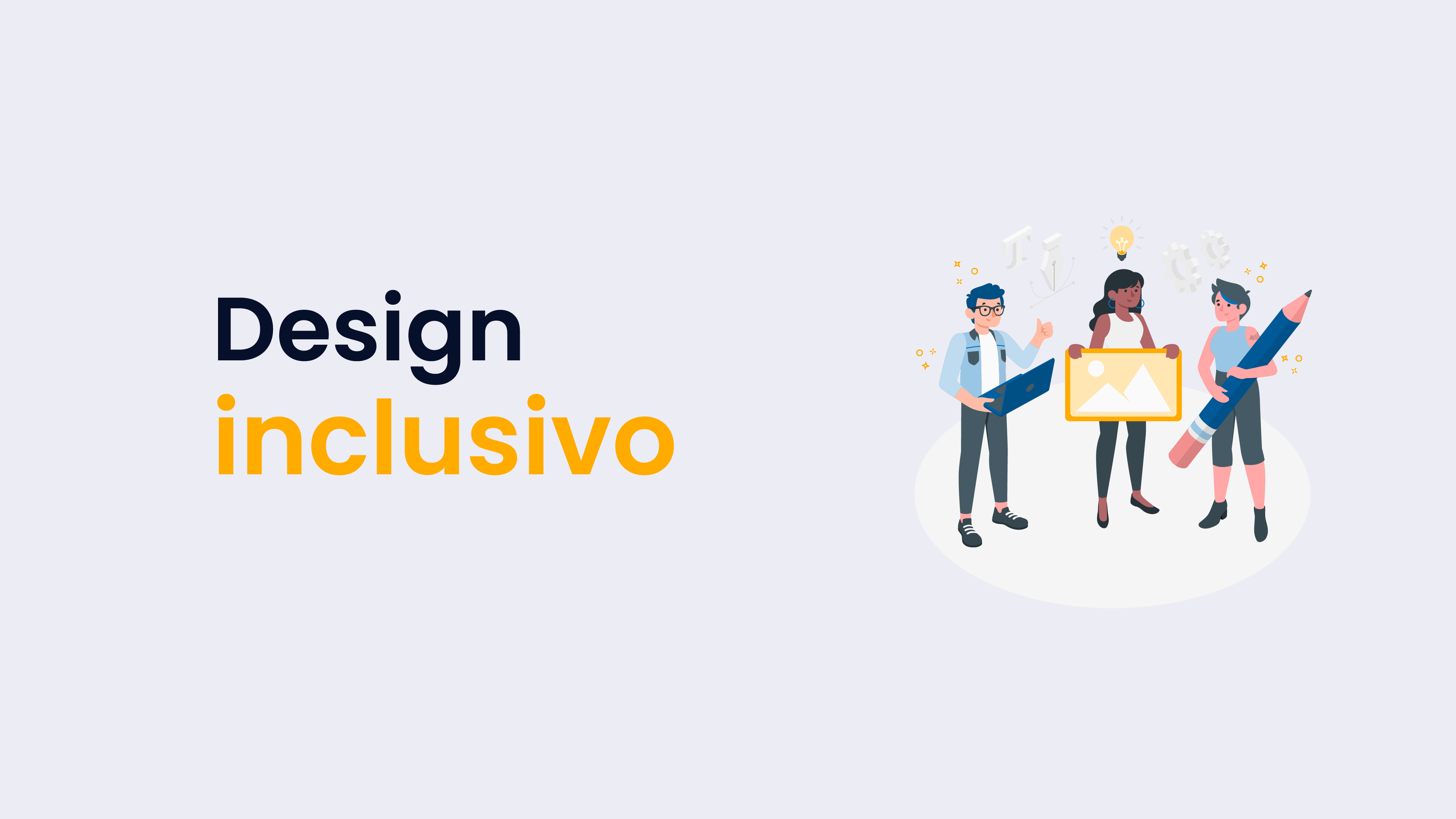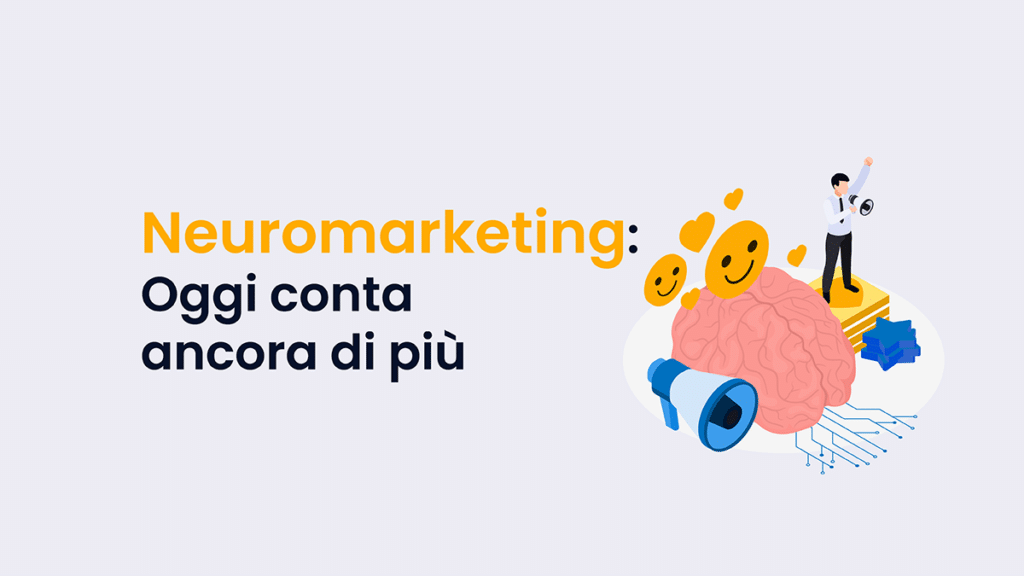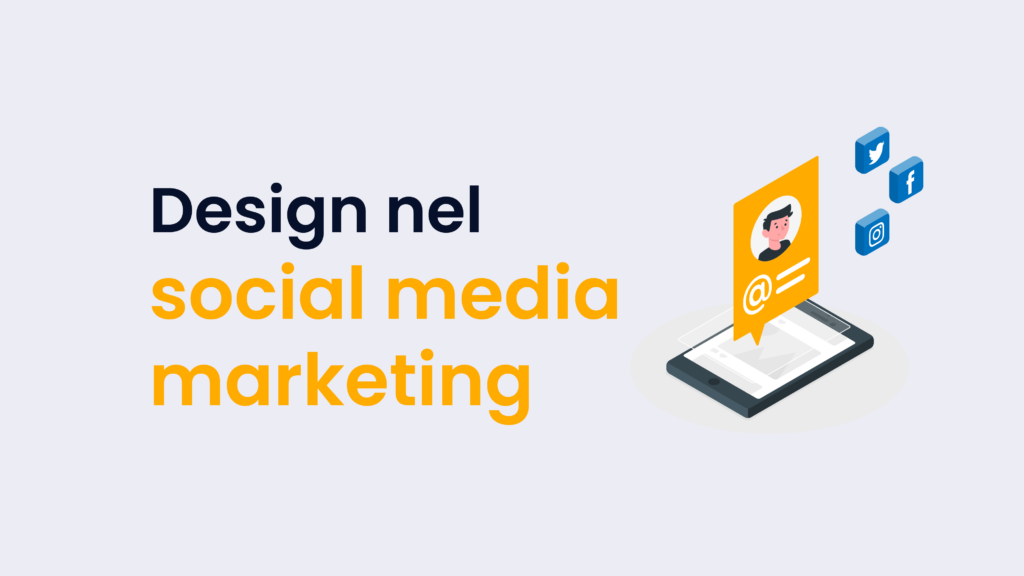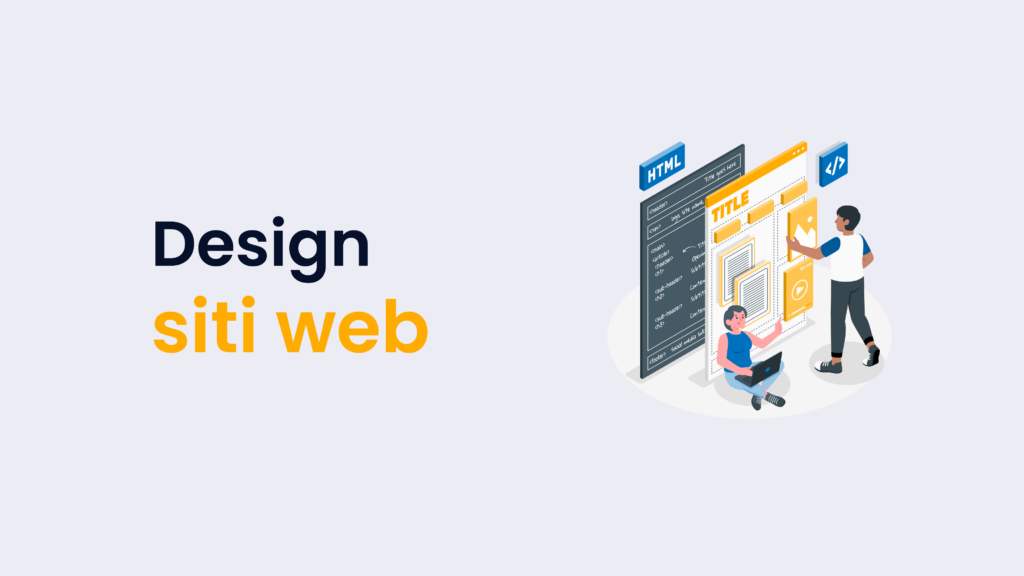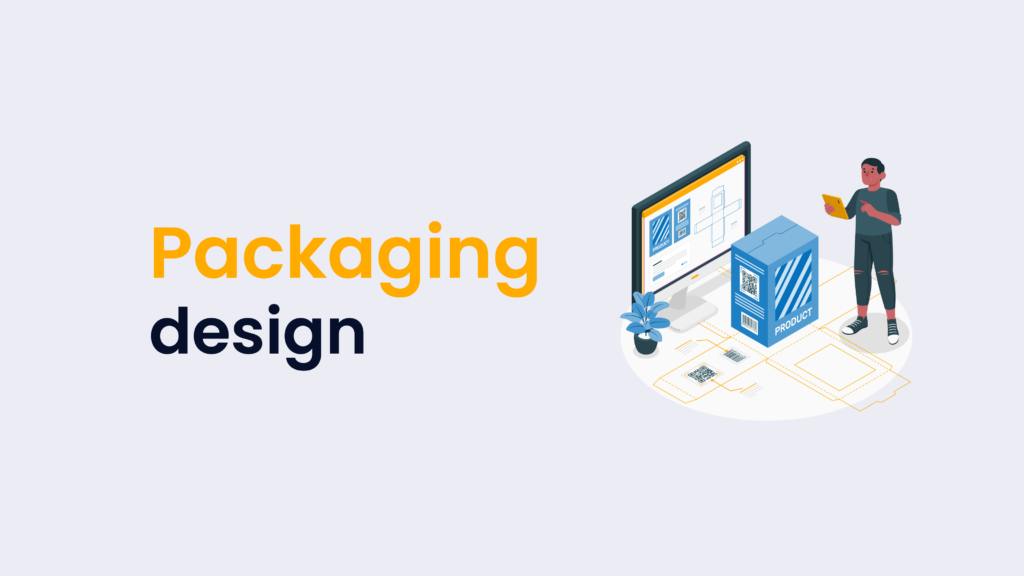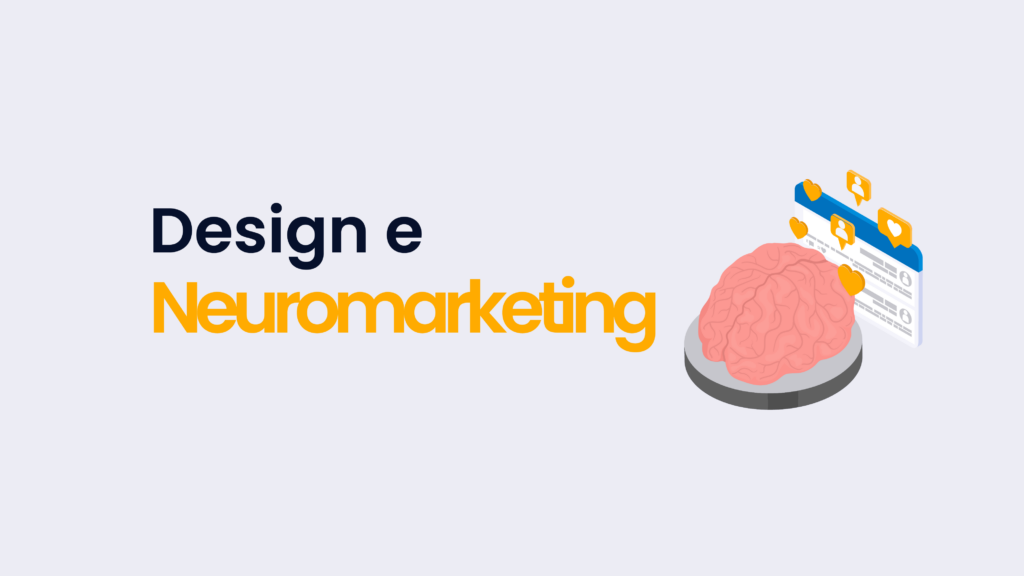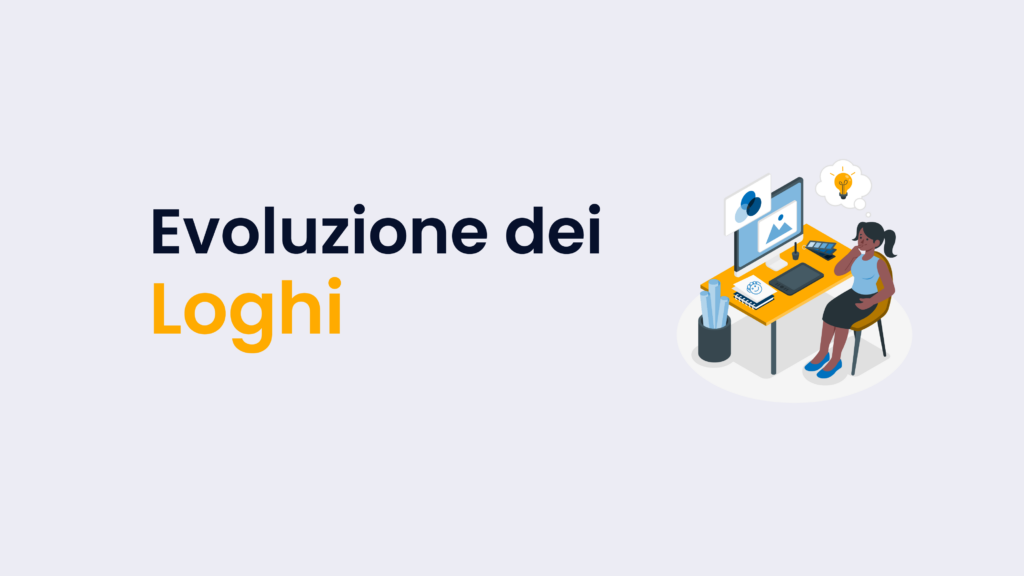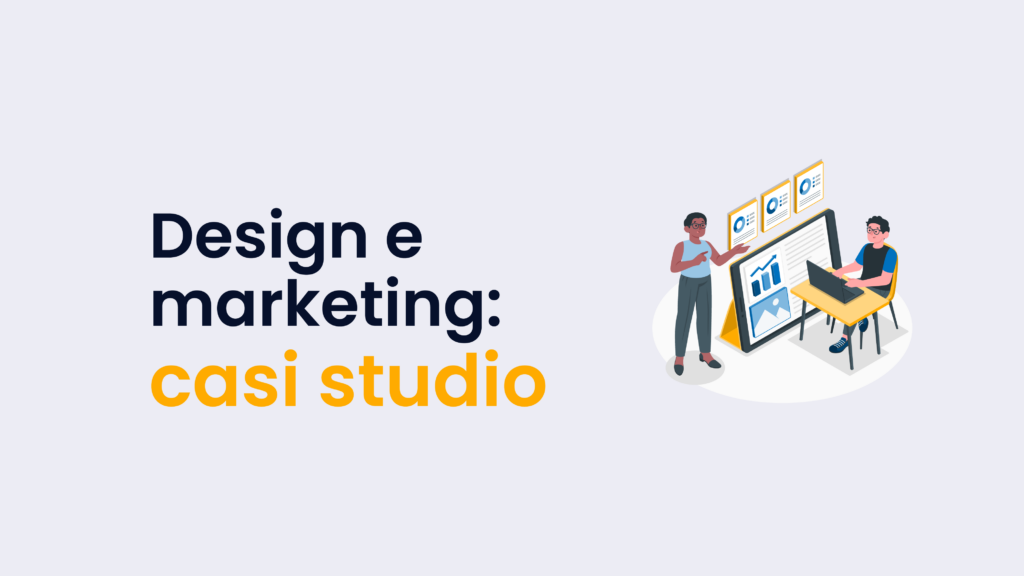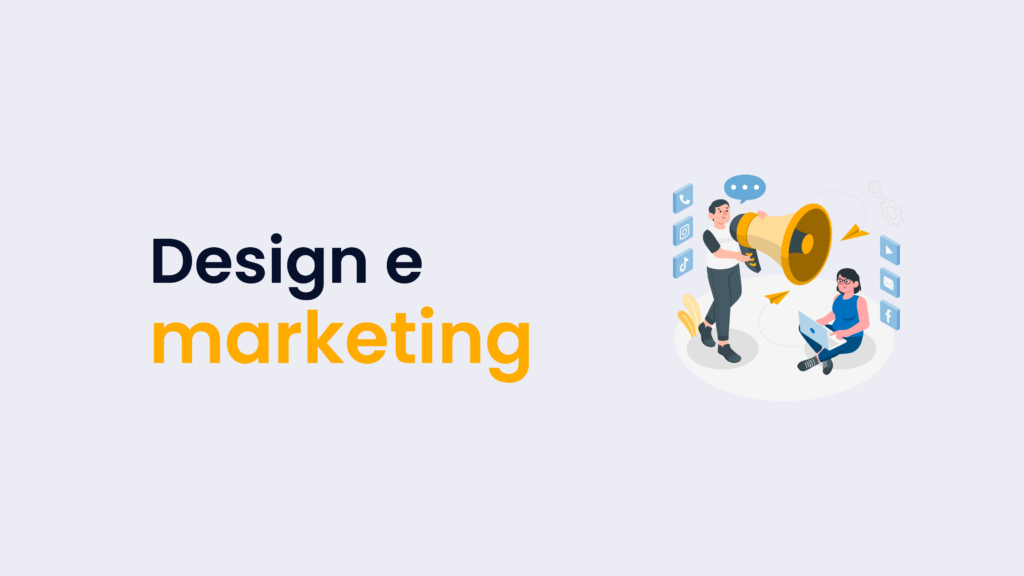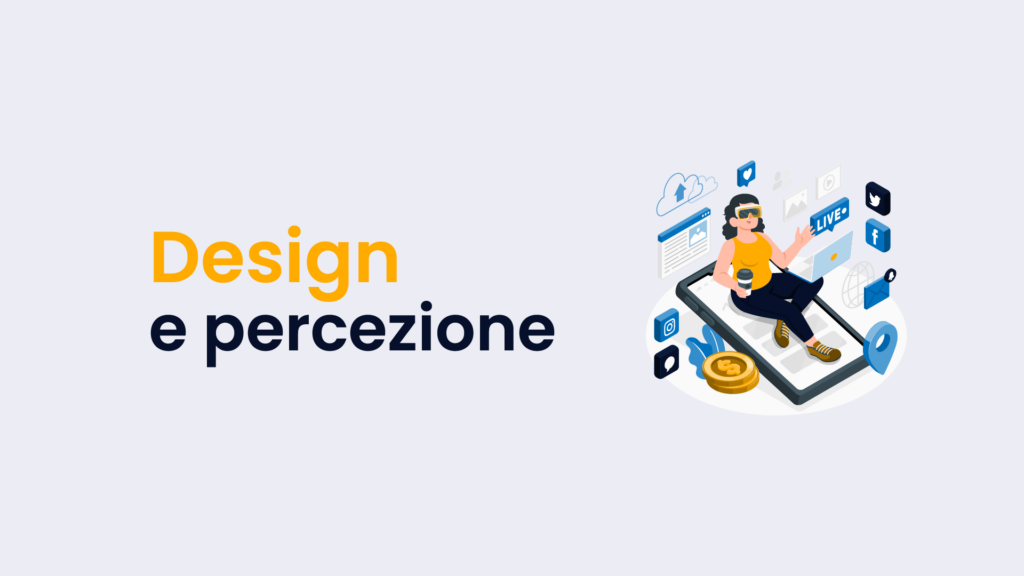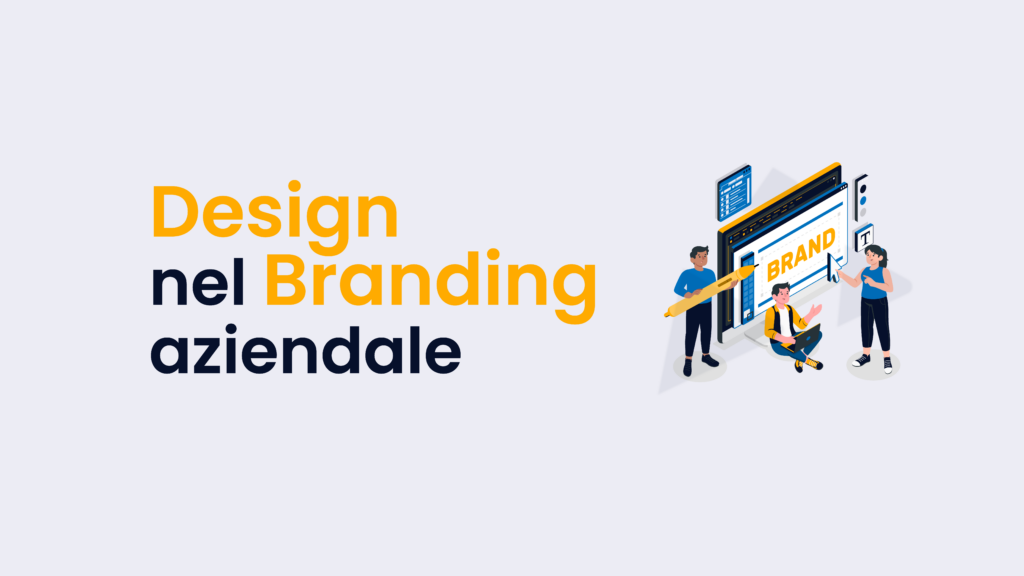Prima di tutto, possiamo dire che da un certo punto di vista il design è inclusivo per definizione.
Infatti il risultato di un lavoro di design legato alla promozione o alla realizzazione di un sito web o di un e-commerce, è tracciare i segnali e creare gli elementi di un’esperienza interattiva:
- comprensibile da più persone possibile,
- quindi facilmente e chiaramente esplorabile e fruibile,
- dunque coinvolgente,
- e infine condivisibile, nel senso che accompagna a un’azione come un acquisto convinto o un’iscrizione della quale non ci si pente, al punto che l’utente consiglia la stessa esperienza ad altre persone.
Anche se spesso si mira a target specifici, il puro concetto di inclusione rimane. Consideriamo, per esempio, un insieme di persone come “negozianti di articoli elettronici”. È facile che questo target comprenda persone di età differenti, con valori svariati e che vengono da contesti sociali diversi, anche culturali.

Se noi siamo ad esempio fornitori di articoli elettronici, sarà nel nostro interesse proporre una comunicazione specifica settorialmente ma universale umanamente.
E se il nostro target fosse più ampio e comprendesse anche persone con disabilità sensoriali, fisiche o cognitive?
A partire dal concetto di inclusione puro, funzionale, e soprattutto apolitico, esploriamo di più l’argomento e vediamo quali sono gli strumenti utili per poter realizzare un’opera di design inclusivo, con tutti i vantaggi che comporta.
Indice dei contenuti
Le basi per realizzare un design inclusivo
Bisogna assicurarsi che tutti gli utenti abbiano le stesse opportunità di accesso all’esperienza di design, a ciò che rappresenta e quindi a quello che significa. Alcune tecniche per esercitare l’equità sono l’integrazione di alternative testuali, sottotitoli e descrizioni audio per le immagini. Ma ce ne sono anche altre, con i relativi utilizzi, che vedremo meglio tra poco.
Poi bisogna esercitare una certa flessibilità. Quindi siti web, applicazioni e relative funzionalità, devono essere disponibili indiscriminatamente su desktop, mobile, multilingua e, già nella progettazione, essere compatibili con strumenti come lettori di schermo e tastiere adattive.
Infine, valgono le solite regole d’oro del design. In sintesi bisogna adottare un linguaggio chiaro, facilitare la fruizione e la comprensione visivamente attraverso un’accurata disposizione degli elementi, impiegare font facilmente leggibili e lavorare con i colori per essere universali a scanso di differenze culturali e di problemi legati alla vista degli utenti.
Strumenti per garantire un design inclusivo
La conoscenza e l’uso efficace dei seguenti strumenti è fondamentale per sviluppatori e designer che devono garantire un’esperienza di design inclusiva. Usandoli, prodotti e servizi digitali saranno disponibili anche a persone con disabilità sensoriali, fisiche e, in una certa misura, anche cognitive.
- WCAG (Web Content Accessibility Guidelines): fornisce linee guida dettagliate per rendere i contenuti web accessibili a persone con disabilità.
- Adobe XD: si tratta di uno strumento di prototipazione e design UX/UI ad ampio spettro che offre indicazioni e plugin focalizzati sul design inclusivo.
- Color Oracle: questo strumento mostra ai designer come i loro lavori appaiono agli utenti con varie forme di cecità ai colori.
- Accessibility Checker: vuoi assicurarti che il tuo sito rispetti le linee guide del WCAG? Questo sito ti permette di farlo.
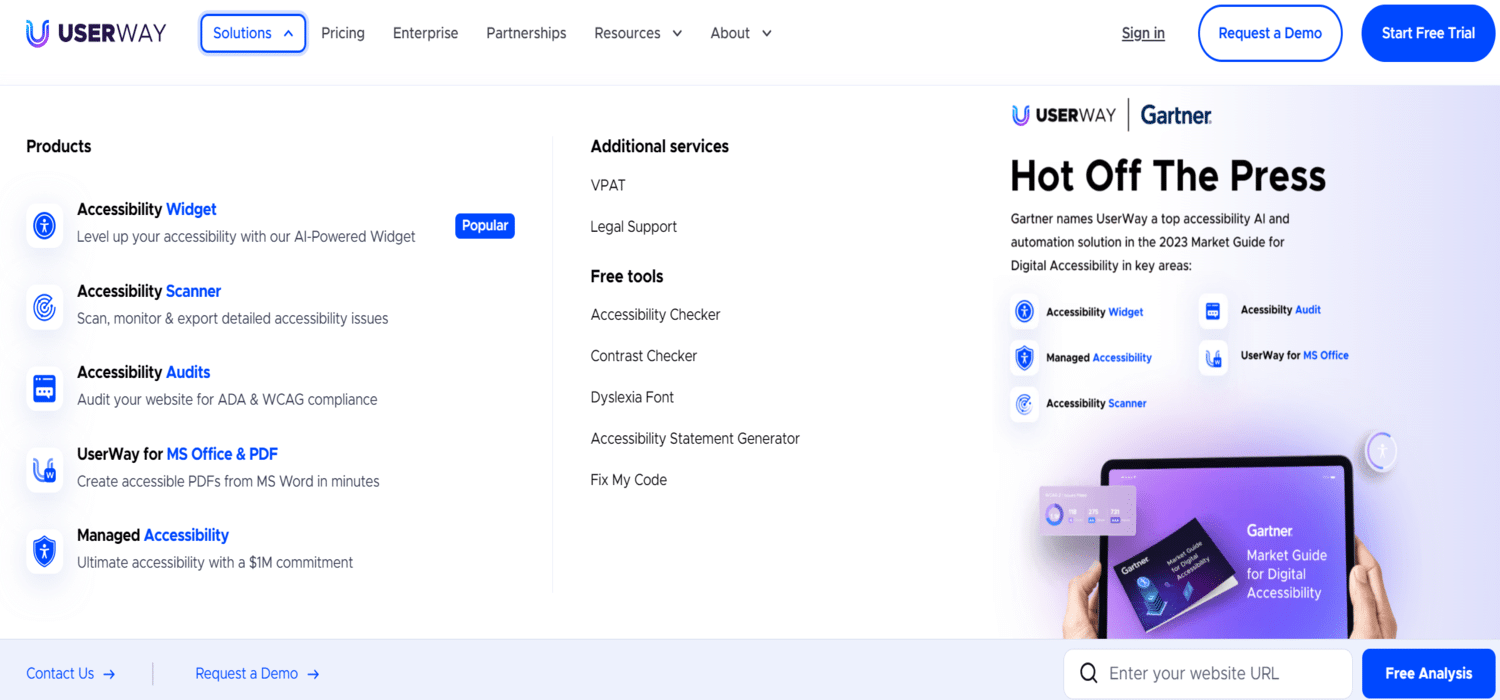
Perché dedicarsi all’inclusività?
Noi di Kilobit, in quanto web agency, abbiamo deciso di affrontare l’argomento perché propone un’apertura verso nuove possibilità. A prescindere da posizioni politiche e sensibilità personale, lo scopo è quello di assistervi per farvi avere una presenza sul web funzionale e di qualità, oppure, se siete professionisti del settore, ad aprirvi nuove porte anche per collaborare insieme.
Se avete bisogno delle nostre competenze per creare un’esperienza di design inclusivo nel vostro sito web o e-commerce, oppure se volete mettervi in contatto con noi per instaurare collaborazioni, basta scriverci o telefonarci.
